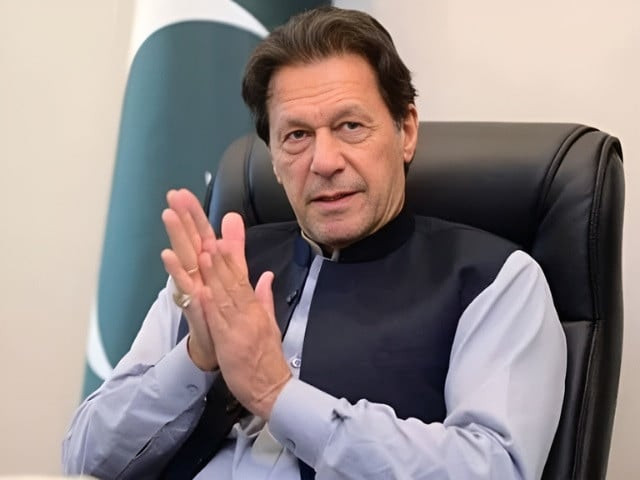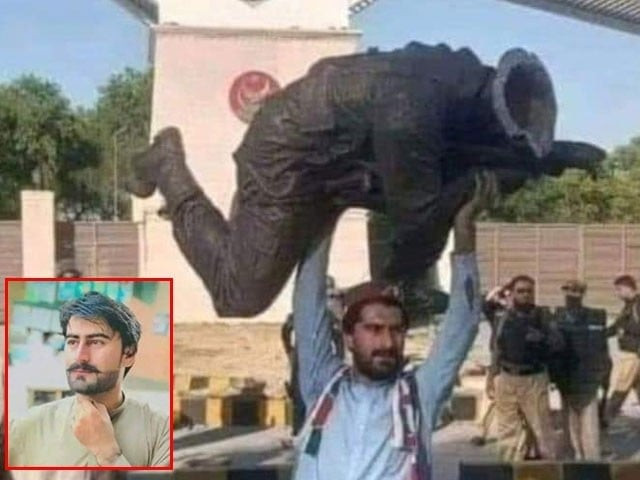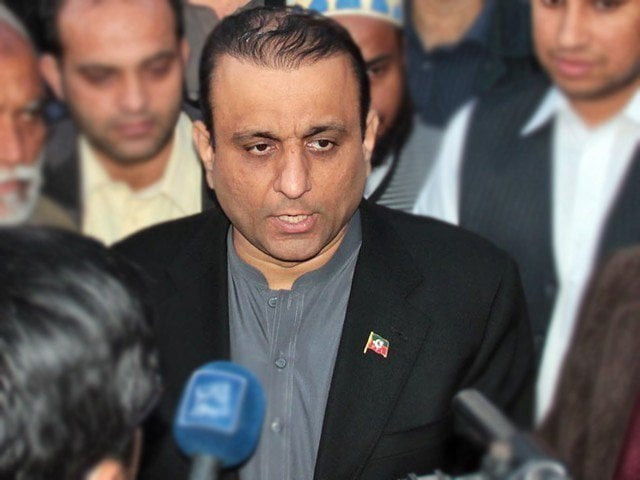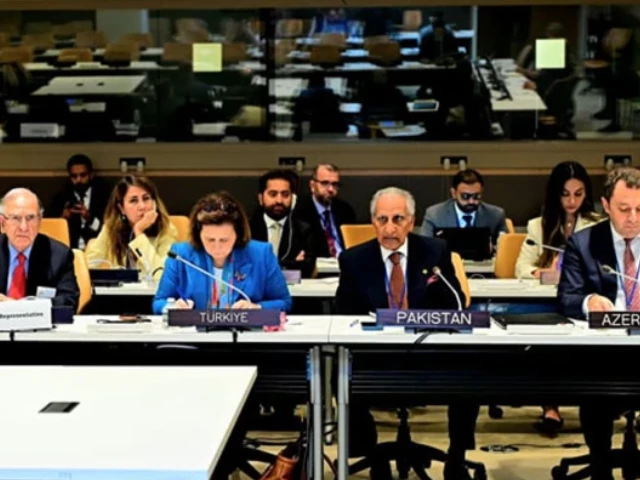Understanding the Upcoming PTI Protest: What’s at Stake
On August 5, Pakistan Tehreek-e-Insaf (PTI) plans to hold a nationwide protest, primarily focusing on demanding the release of their leader and former Prime Minister Imran Khan, as well as many party activists recently convicted under anti-terrorism laws. The party’s messaging frames this rally as a pursuit of “justice, not confrontation,” suggesting that the establishment is unfairly targeting PTI to ensure that they are sidelined in future elections.
Historically, PTI’s strongholds in Khyber-Pakhtunkhwa and Punjab have mobilized impressive numbers during previous protests, such as the no-confidence movement in April 2022. However, this time, state-imposed measures like curfews, internet outages, and recent arrests of over 100 party members are casting a shadow on potential turnout. With fears of police crackdowns lingering, many supporters are uncertain about participating.
Divided Opinions and Internal Struggles
Public sentiment appears to be split. While rural areas maintain unwavering support for PTI’s narrative, many urban middle-class citizens express concerns that increased street protests may further destabilize the already fragile economy and heighten security risks. Importantly, analysts highlight an emerging internal rift within PTI regarding protest tactics, which could hinder efforts unless the leadership unites under a cohesive strategy.
Adding to the party’s struggles, Imran Khan continues to face various legal challenges. His involvement in the Toshakhana case, where he is accused of misrepresenting the sale of state gifts, adds to his list of legal woes, which includes an earlier conviction related to a diplomatic cable leak. These ongoing troubles keep him behind bars and amplify the stakes for PTI’s leadership and its supporters.
What Can We Expect on August 5?
As the date approaches, expectations for PTI’s protest are high, but so are the obstacles. According to analysts, the party’s success will significantly depend on how effectively they can rally their base and navigate state repression. For example, Prof. Tahir Malik points out that the internal divisions in leadership and fears of arrest among supporters could dampen turnout. Similarly, Majid Nizami predicts a potentially smaller gathering unless there is clear coordination between PTI’s command and its grassroots activists.
The anticipated outcome may not be the mass mobilization PTI hopes for, with experts suggesting that localized protests and smaller demonstrations are more likely than a sweeping show of force. If these expectations hold true, the August 5 demonstration could turn into a series of symbolic gestures rather than a decisive political shift.
Conclusion: Staying Informed for What’s Next
As the landscape continues to shift, it’s crucial to stay informed about developments leading up to the protest and its aftermath. Engaging in discussions, following expert analyses, and staying connected is key, whether you’re a supporter of PTI or simply interested in Pakistan’s political dynamics.
For more in-depth insights and updates on political events, consider connecting with Pro21st, where we strive to provide value through informed perspectives. Whether you’re looking for analysis or community engagement, we’re here to help you navigate these exciting times.
At Pro21st, we believe in sharing updates that matter.
Stay connected for more real conversations, fresh insights, and 21st-century perspectives.





